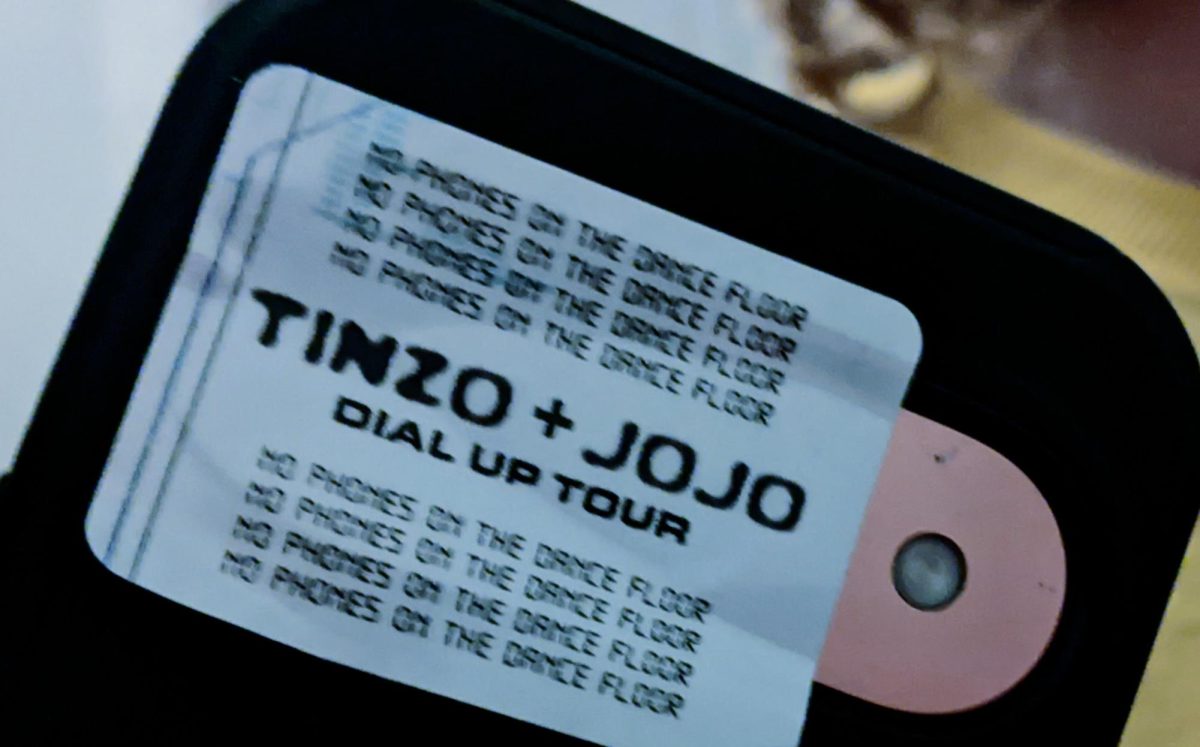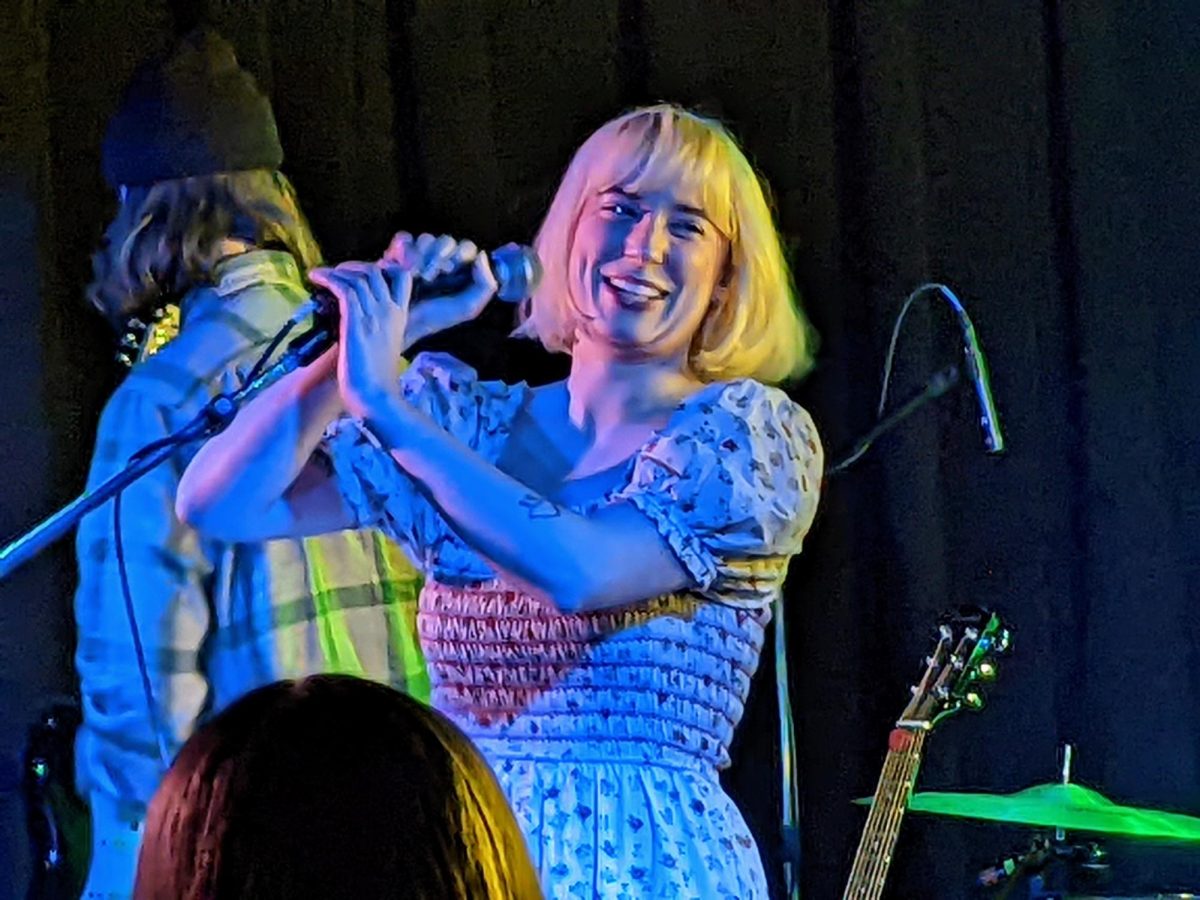She’s stuck off in this little room / With nothing left to hold on to / Her life is in a little box / She’s wondering will it ever stop / The life of a stripper”
” Ying Yang Twins, “Live Again”
Fake tans, fake hair, fake nails and best of all, fake breasts. It makes no difference whether it’s Britney, Brittanee, Britni or Brittanie ” strippers are not real women. They are whomever you want them to be.
For those who regularly attend strip clubs, Britney is probably a college student working off student loans while satisfying her bad-girl desire to show her tits in public.
For those who believe stripping is demeaning to women and anti-feminist, Brittanie is probably a poor, sexually abused girl from a broken home who is taken advantage of by greedy club managers.
And while the latter scenario is closer to the reality of most strippers, neither extreme is very representative. The good versus bad, moral versus immoral is as hazy as the clubs themselves before the smoking ban.
Diablo Cody explores this gray area in her first book, “Candy Girl: A Year in the Life of an Unlikely Stripper.” The book follows the City Pages writer and author of famed blog “Pussy Ranch” from her first amateur night to hanging upside down on the pole.
At the northeast Minneapolis bar Psycho Suzy’s, between coffee and cheese fries, Cody said, “I wish I had the foresight to strip in college. I would have made mad money. But I fancied myself above stripping.”
Cody is an “unlikely” stripper because she grew up on the right side of the tracks and, like many college-educated women, thought she was a feminist mainly because she did not strip.
“In college, you have these clear-cut ideals; there are things you will and will not do. The older you get, the less you know, and it has made me more open-minded,” she said.
When Cody moved to Minneapolis away from her friends and family in Chicago, she felt anonymous for the first time in her life. “I though if there was ever a time to strip, it was just the right time. I was almost too old but still young enough, and I didn’t have to worry about running into friends and family.”
Stripping began as an anthropological-type project, and Cody planned on dancing only a couple of times.
“I actually found the white collar jobs a lot more anti-feminist,” Cody said. “I found myself shoehorned into the adorable secretary who fetched older men’s coffee. I would much rather give lap dances.”
On top of her office job, Cody began her career in the sex industry, which led her from work as a stripper to a peepshow girl at Sex World to a phone-sex operator. With all her crazy customers as inspiration, Cody started the blog “Pussy Ranch” to vent her stories. Cody said she has always loved writing and has been an avid diarist ” “I would even write about the lunch I had at Arby’s,” she said. “Pussy Ranch” is her first public writing.
A reader of her blog contacted Cody and asked if she ever thought about writing a book. At the time, Cody had already started the first drafts of “Candy Girl.” She finished the book, submitted it and six months later had a book deal.
Truthfully, Cody is not the most “unlikely” gal to get striptease fever. For one, though she does not look like a plastic Barbie, she is slender with a coy smile. But mostly, Cody has a useful chameleonability both in looks and personality that fits the fantasy-driven industry.
In every picture of Cody, whether the cover of her book or photos on her blog, each hairstyle or wig makes her look like a completely different person. She can go from an innocent, Midwestern wheat-blond to long, colored rebellious dreads to a vixen brunette bob all in the same week.
The most hilarious accounts in “Candy Girl” come when Cody on a whim adapts to the fantasies of her customers ” whether yelling at them “you’re just a dirty, drug-addled homosexual cum-slut!” in a booth or on the phone pretending to be Stephanie, a teenage virgin who likes to experiment with her best friend, Kimberly. Cody’s wit and imagination make not only for good phone sex but also a good memoir.
This craft of creating unique characters has launched another aspect of Cody’s recently booming career. “Juno,” a story she wrote, will begin filming in May. On top of that, Cody has a two-script deal with Warner Bros. and is working on a pilot for a TV show set in Minneapolis.
“Candy Girl” and “Pussy Ranch” are not the only literature detailing stripping and sex-industry jobs; and Cody’s not the only one with a “good girl gone bad” story. Along with Web sites such as Suicidegirls.com, sex jobs are becoming more acceptable for women.
“To me, feminism is about choices and refusing to accept stereotypes,” Cody said, which is an ever-increasing point of view.
But “Candy Girl” does stand out from other stripper tales. Cody’s writing has a distinct blog style. And for the uninitiated, that’s not an insult; it refers to an attention deficit disorder, culture-obsessed, postmodern style where ’80s sitcoms and Britney Spears songs turn into beautiful metaphors and similes.
Beyond the giggles of “Candy Girl” though, Cody discovered her own beliefs on sex and feminism and how those beliefs support and contradict the sex industry.
“I thought strippers would be these off-the-wall feminist chicks who were best friends and drank gin,” Cody said. “But that is not the case. Everyone hates each other.”
That wasn’t the only false expectation Cody had: “I always thought strip clubs were about sex, where women were worshiped by men. But really, in the clubs, it allows men to be indifferent to all the beautiful women. The experience is about power.”
“Candy Girl” is neither a horror story about the sex industry nor simply a series of funny characters who jack off in booths. And this makes it more of an honest account than a tell-all or slapstick.







